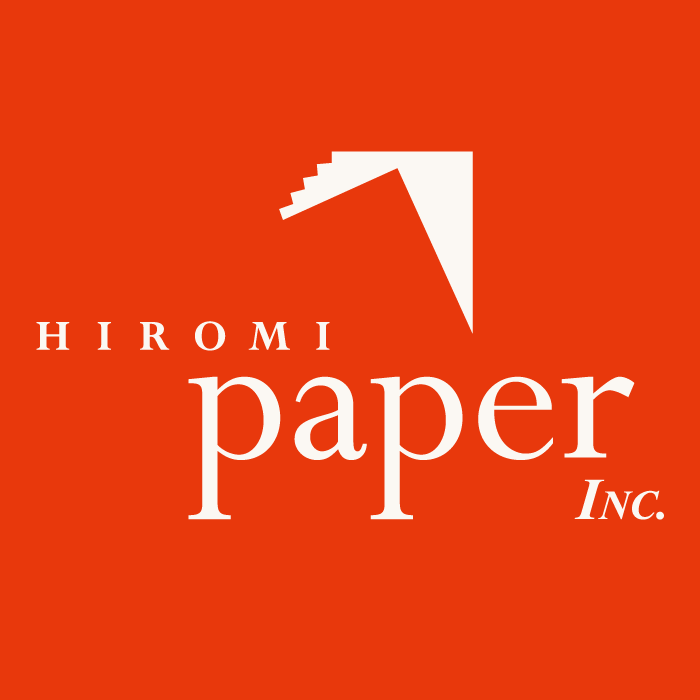
Summer 2003 , Volume 9, No. 3
|
REMBRANDT AND GAMPI
by Bruce Meade
|
|
The old man labors up the cobblestone street. He pulls his coat tight against the bitter wind knifing in from the North Sea. His eyes are hopeful despite the fact that he has buried two wives, his children, and lost his house to creditors. His name is Harmensz van Rijin Rembrandt and he is looking for a sheet of paper. At the paper vendors shop he runs his sensitive fingers over fine German and French rag, as well as the Dutch oatmeal paper he has used in the past. They are beautiful, but he needs something special. In his minds eye he has a vision of a soft white sheet that will take the velvety ink of his etching plate so that the print will seem bathed in light. The image will be a self-portrait. A depiction of himself, a wrinkled, sagging, jowly old man. Humbled by loss and suffering, yet he is still able to stare out at the world with steadfast acceptance, a document of the enduring human spirit. He has already etched the image onto a copper plate. He will print only one impression, for he has learned that his with his pioneering technique of drypoint the plate will not hold up to repeated use. Besides he is no longer interested in appealing to a larger public through means of editions. He wishes only to produce one perfect print. But it seems he will be denied. None of the papers in the shop suit his needs, and compromise is not in his nature. He is about to part when a glint of pearlescent white strikes his eye. The glow comes from a stack of papers in a far corner of the crowded room. Rembrandt moves to this paper and caresses its silken surface. "From Japan" explains the shop keep, pointing out the strange, exotic stamps on the wrapping. Which, if they could read Japanese, would identify the paper as Gampi, hand made in Ohmi. The Dutch have just signed a treaty with the Shogun in Edo, making them the first western country to have a trade agreement with closed door Japan. And handmade paper, with its long tradition of beauty and excellence, has been designated by the Shogun as one of Japan's first exports. These sheets of Gampi were among the cargo loaded on one of the first Dutch trade ships to ply the route from Yokohama to Amsterdam. Rembrandt expertly handles the paper. He feels intuitively that it is right for his needs. Though he pays dearly he does not care. Poverty does not frighten him, he knows his time on this earth is short. All that counts now is the work. He returns to his studio and in the thin, slanting light of the afternoon inks his etching plate. After dampening the sheet of Gampi he places it over the plate and turns the wheels of the press. The paper responds beautifully, allowing the ink to create the subtle tonal transitions he has envisioned. So pleased is the master that for the rest of his life he seeks out Gampi paper for his major drypoint etchings. Since the days of publishers clamoring to edition his works are long gone, the old man simply stores his masterful self-portrait in a box with a handful of others. A few years later, upon his death, the etching is given to a baker to settle a debt of a few gilders. Three hundred years later it sells at a New York City auction for One Million U.S. dollars. Rembrandt, like all true artists, remained open to the influences swirling through his world. By taking advantage of the winds of political change blowing between Holland and Japan in the mid 17th century he became one of the first western printmakers to utilize handmade Japanese paper. Thus began a tradition that Hiromi Paper Int. is helping to continue into the 21st century, supplying contemporary artists with the highest quality Gampi for their etching, chin colle, and digital printing projects. |
